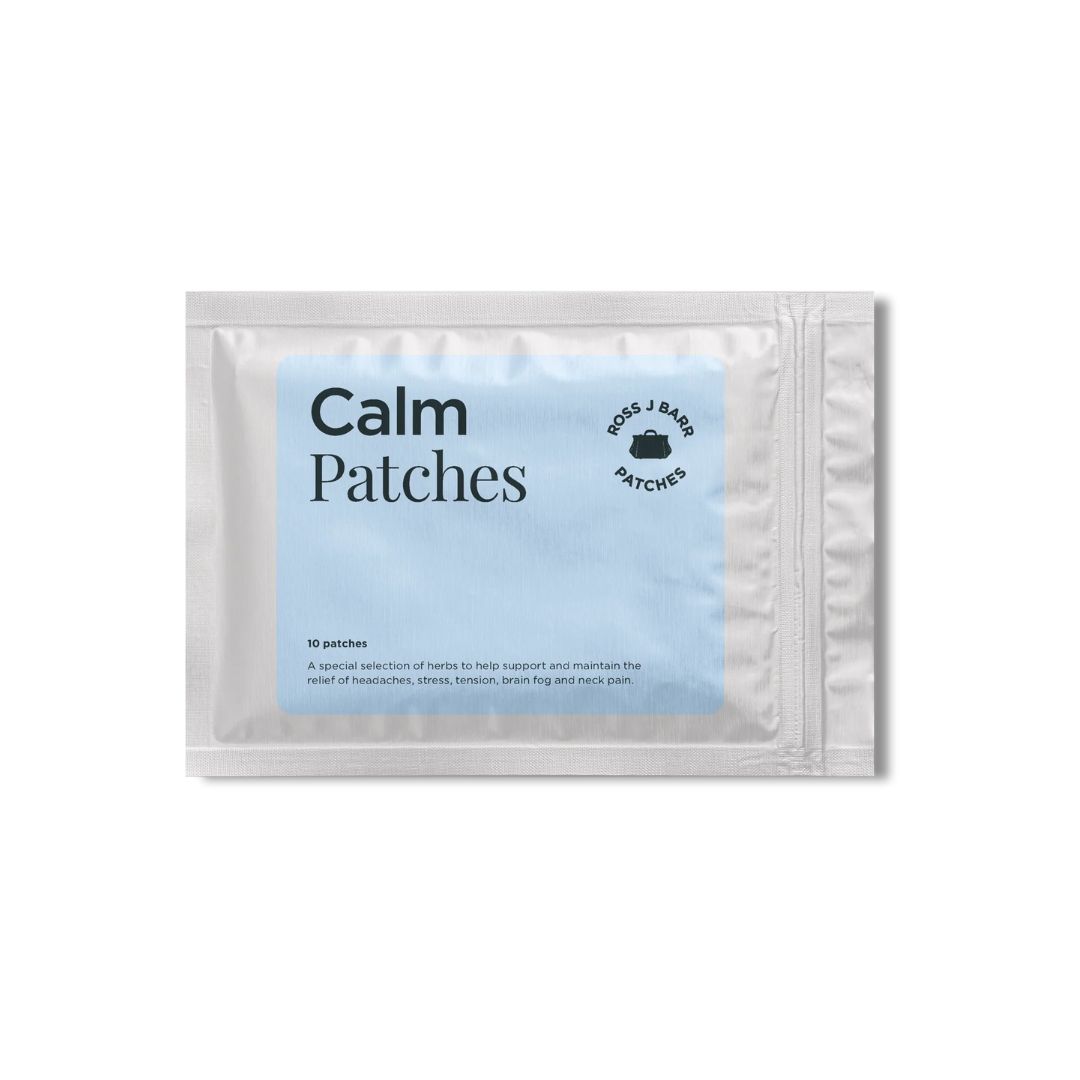More people are searching for anti-stress patches than ever - so, do they really work to ease anxiety and boost zen?
After Meghan Markle was spotted wearing one.


By now, you've likely seen the viral images of Megan Markle wearing a small white sticker on her wrist. Wondering what on earth it was? Enter stage right, the new viral anti-stress patches currently at breakout search on Google.
Rising steadily in popularity over the last twelve months or so, many different brands are now selling small, round patches promising to promote calm, boost zen, and ease anxiety all with a simple application to your wrist, temples, or neck.
While Markle herself was wearing a stress patch by the brand NuCalm, a quick browse will show that there are brands by tonnes of other companies. While they all work in different ways, they promise the same thing: stress-busting.
It's no surprise interest in these products are skyrocketing in popularity right now. One 2023 survey from the Mental Health Foundation found that one in five people feel anxious most or all of the time, with more research from the charity revealing that one in three adults is experiencing poorer sleep due to financial worries.
Wondering if said stress patches could be the helping hand you need right now or if they're just another faddy wellness trend? Below, nutritionist Lauren Johnson Reynolds, known as the London Wellness Coach, shares her honest take. Don't miss our reviews of the viral greens powders, clear protein, and Symprove probiotic, while you're here.
Stress patches are trending - your guide
What are stress patches?
First up - a bit of background for you on what exactly the trending patches are. "Most commonly, anti-stress patches are self-adhesive stickers infused with stress-supporting ingredients," explains Reynolds. The idea, she goes on, is that ingredients can be slowly released and absorbed into the skin, with some brands claiming to use newer technology with energetic frequencies to de-stress the wearer.
So, how exactly do they work? "There are a number of stress patches on the market but most use similar transdermal technology that drip-feeds concentrated amounts of stress-reducing ingredients," she goes on. "Many also pair with essential oils to get the benefits of aromatherapy travelling through the limbic system."
Marie Claire Newsletter
Celebrity news, beauty, fashion advice, and fascinating features, delivered straight to your inbox!
Ingredients vary hugely across brands, but some of the most regularly used include B vitamins, CBD and medicinal herbs.
A post shared by Ross J. Barr (@rossjbarrclinic)
A photo posted by on
Do stress patches work?
Whether these patches work depends hugely on the brand and the wearer. It's well-known that our skin can absorb certain ingredients, which is why patches are used in many medical products. Smokers wear nicotine patches and HRT can be delivered by patches too.
But the skin is designed to be a pretty impenetrable barrier, and there's not much research that shows nutrients alone can penetrate it. A 2017 review in the Nutrients journal reported that transdermal magnesium (that's magnesium that's applied through the skin, FYI) isn't a scientifically proven form of application. Similarly, a very small 2019 study found that multivitamin patch users are more likely to have vitamin D deficiency and lower serum concentrations of various vitamins and minerals compared to oral supplement users.
That said, another small study from this year was one of the first to find that CBD - a popular anti-stress ingredient - could penetrate the skin and impact blood levels.
So, what does the expert reckon? "The evidence into these patches is minimal," agrees Reynolds. "However, a 2021 study found the patches to be promising, reporting increased compliance from patients compared to those needing micronutrients through pills or pain-inducing methods such as injection or IV."
Any limitations of the patches, then? "They do have some limitations as their effectiveness is dependent on good adherence to the skin," she explains. "This can be impacted by sweat, hair, scars and topical products."
Interestingly, she goes on to add that the 2021 study also found gender, ethnicity and age to impact the permeability of the skin and therefore the effectiveness of the patches.
That said, for the "higher tech" brands that promise energy frequency changes - such as NuCalm - the research is even less robust (and mainly missing).
What are the benefits of stress patches?
For the ingredients that do bypass the skin, there may be bigger benefits to transdermal absorption than traditional methods of taking these supplements.
"As patches bypass the digestive system, they may actually offer increased absorption of the active ingredients compared to pills in some people," explains Reynolds.
In theory, the energy patches work with "bio-resonance and frequencies that send signals to the vagus nerve, a nerve that runs from brain to gut responsible for switching us into our "rest and digest" parasympathetic nervous system," says Reynolds.
That said, Guy Leschziner, professor of neurology and sleep medicine at King’s College London, told The Telegraph that the NuCalm's claims “stretch the realms of credibility”, while The Guardian reports that the former chief scientist at NASA’s human research division called a competitor sticker, Body Vibes, “a lot of BS”, leading to Goop pulling the product from its online store.
Should you use stress patches?
If you're going to buy stress patches, try to stick with the research. That means opting for ingredient-based products that seem like they can actually penetrate the skin. Otherwise, you risk spending a whole lot of money on a sticker. There aren't zero benefits to things that aren't properly proven - for example, lots of people swear by Epsom salts for recovery despite the jury being out on skin penetration. For many, just the act of wearing a sticker can remind them to take the day more slowly, breathe more and in turn reduce their stress.
But Reynolds doesn't advise focusing on sticker-only relaxation techniques. "I don’t feel in general that a comparison can be made between stress patches and other methods of stress relief such as meditation or breath-work," she concludes. "These patches may support the body’s stress response but ultimately should be used alongside other nervous system supporting activities," she says.
I'm a Health Editor who gave the patches a go - and despite being sceptical, was pleasantly surprised
Ally Head is the Health Editor at Marie Claire UK. She gave stress patches a go recently during a particularly busy marathon training cycle. So, how did she get on?
"I've seen stress patches doing the rounds on my social media for a while now and, as a Health Editor, was keen to give them a go myself and decipher whether they did what they said on the tin."
"Spoiler alert here - I'm normally pretty hard to impress when it comes to fad wellness trends and wholeheartedly believe that the best ways to make yourself feel good are normally free (read: regular mental and physical exercise, fresh air, nutrient-dense food, and good quality sleep)."
"That said, I test viral products for a living to share my honest verdict with you, our readers, so gave them a go last month. I opted for the Ross J. Barr Calm patches as Ross is a fertility and women's health expert, registered acupuncturist and member of the British Acupuncture Council who I've heard great things about from others in the industry."
"The patches contain a handful of ingredients used in Ancient Chinese medicine, including peach kernels, safflower, and fructus viticis extract. I pop one on my wrist and one on my temple during a week of particularly high mileage marathon training when I can feel a migraine coming on, too."
"My thoughts? They have a unique smell which by itself helped me to remain calm and focused throughout the day. I didn't feel as tired or easily distracted as usual, and definitely felt I experienced less brain fog while wearing them."
"I also wore them on a flight recently as get slight anxiety around take-off and landing and found them a great way to ease any nerves in an otherwise stressful environment."
"I liked that the patches lasted for up to twelve hours - they are a higher price point, so knowing they're usable for a while makes them feel better value for money."
"That said, they're not the most affordable option, and as Reynolds points out above, there are several other free tools readily available that promise the same benefits (read: meditation, breathwork or even cold showers) if you practice them regularly."
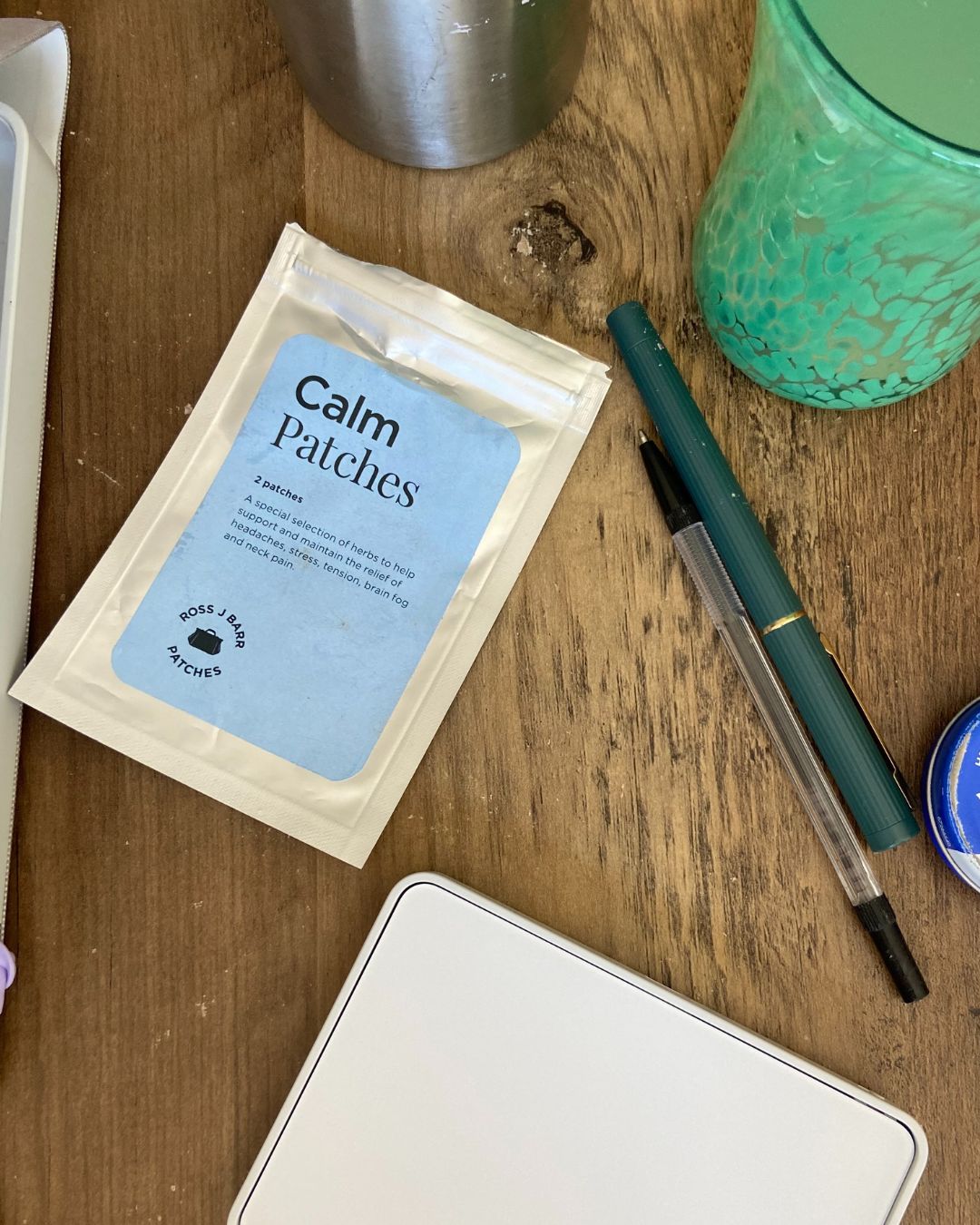
Stress patches to try tonight:
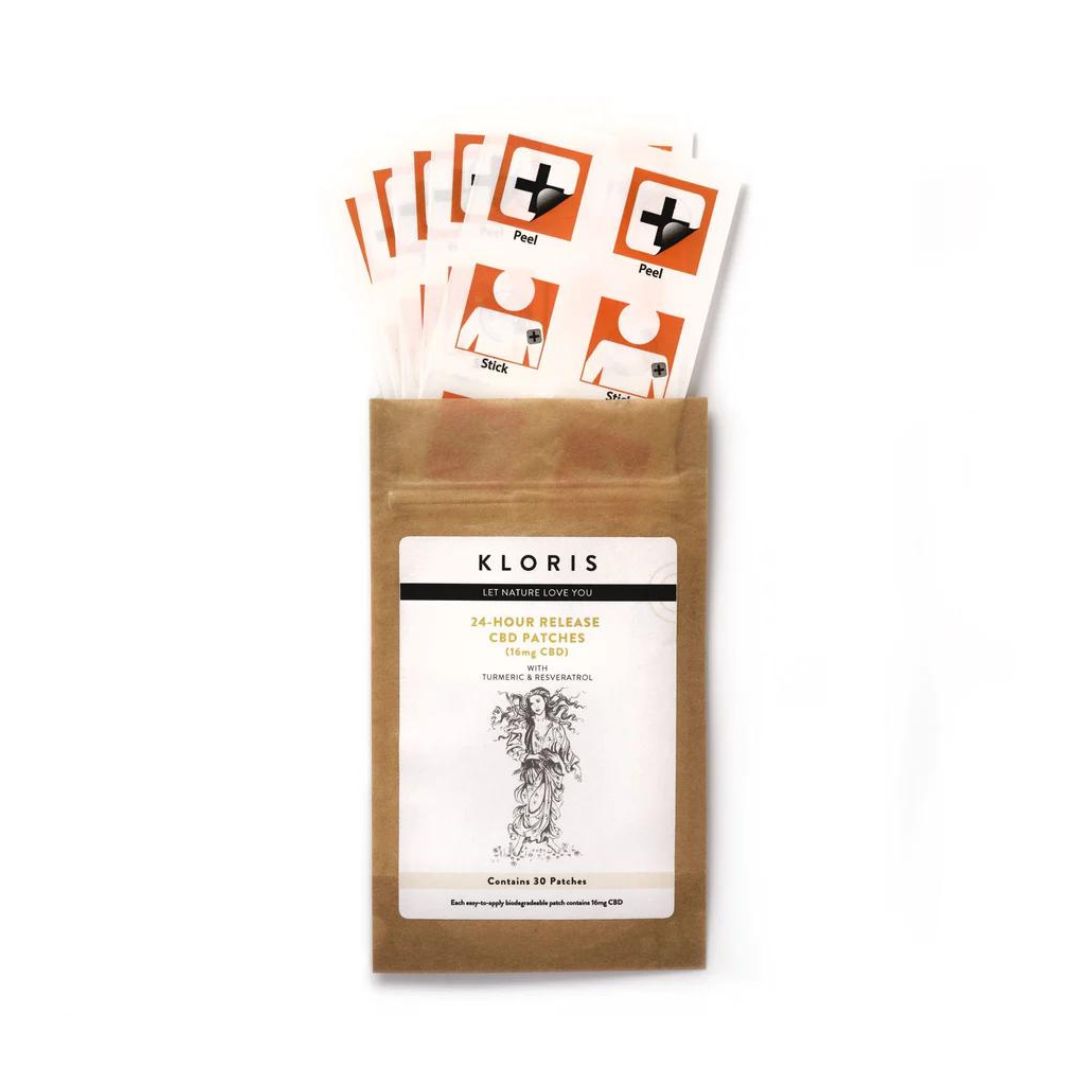
CBD has been proven to be absorbed via the skin, which makes CBD patches like these from Kloris a great place to start if you've never tried a stress patch before.
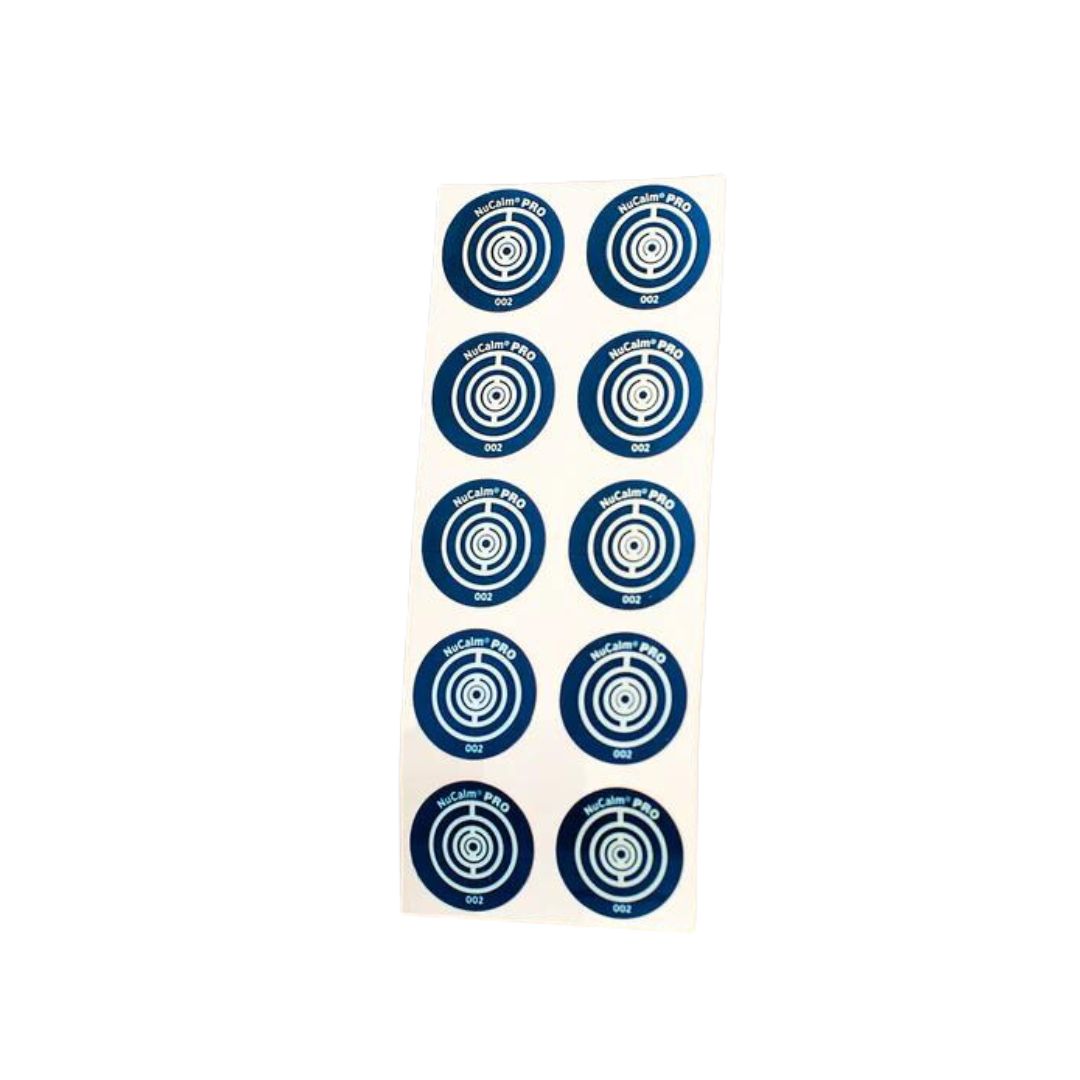
These are the anti-stress stickers worn by Meghan Markle herself. Do note, though - NuCalm stickers are designed to be used alongside their app to provide "profound rest and relaxation." "The impact on the parasympathetic nervous system (PNS) is remarkable," their website reads.

Chloe Gray is a freelance journalist who writes and talks about health, fitness, and wellbeing through a feminist lens. She was part of the launch team for Stylist magazine's fitness brand, Strong Women, and has written for i news, Women's Health, Red magazine, Good Housekeeping, Refinery29, and more. She's all about building mental and physical strength, eating delicious food that fuels you well, and making the fitness industry more accessible and enjoyable. She's also a qualified fitness trainer and research nerd, so you can be sure everything you read is backed by proper science.
-
 Aimee Lou Wood has called out Saturday Night Live for its “mean” joke about her appearance
Aimee Lou Wood has called out Saturday Night Live for its “mean” joke about her appearanceBy Jenny Proudfoot
-
 As a denim obsessive, this is the only dress I'll be wearing this spring
As a denim obsessive, this is the only dress I'll be wearing this springDenim dresses are everywhere right now
By Sofia Piza
-
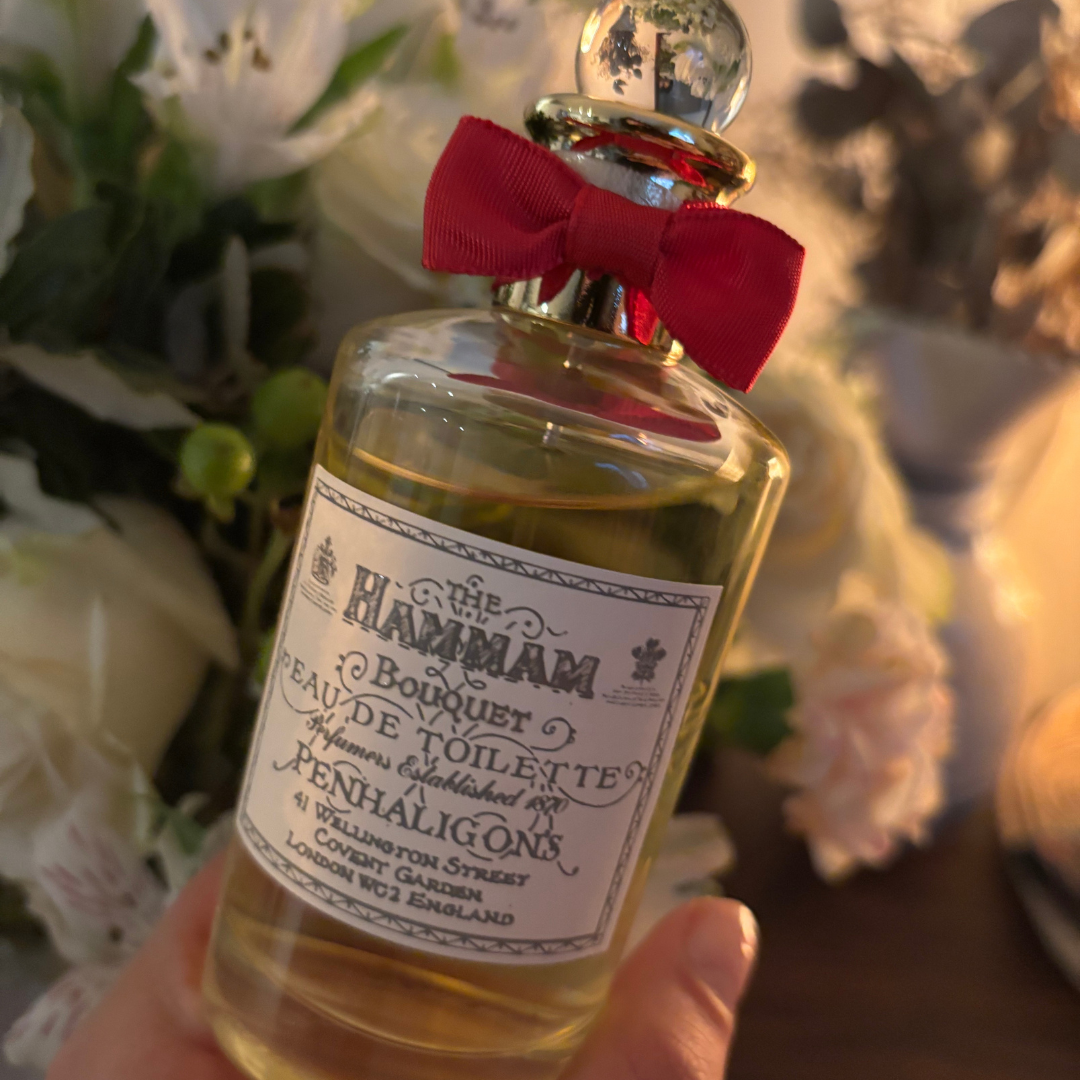 This perfume was created in 1872, and I wear it today—it’s musky, sexy and deserves a spot in your collection
This perfume was created in 1872, and I wear it today—it’s musky, sexy and deserves a spot in your collectionIt smells nearly identical, 153 years later
By Nessa Humayun
